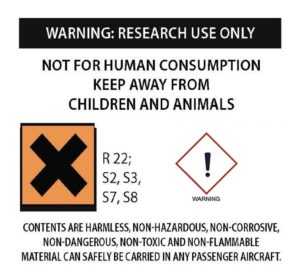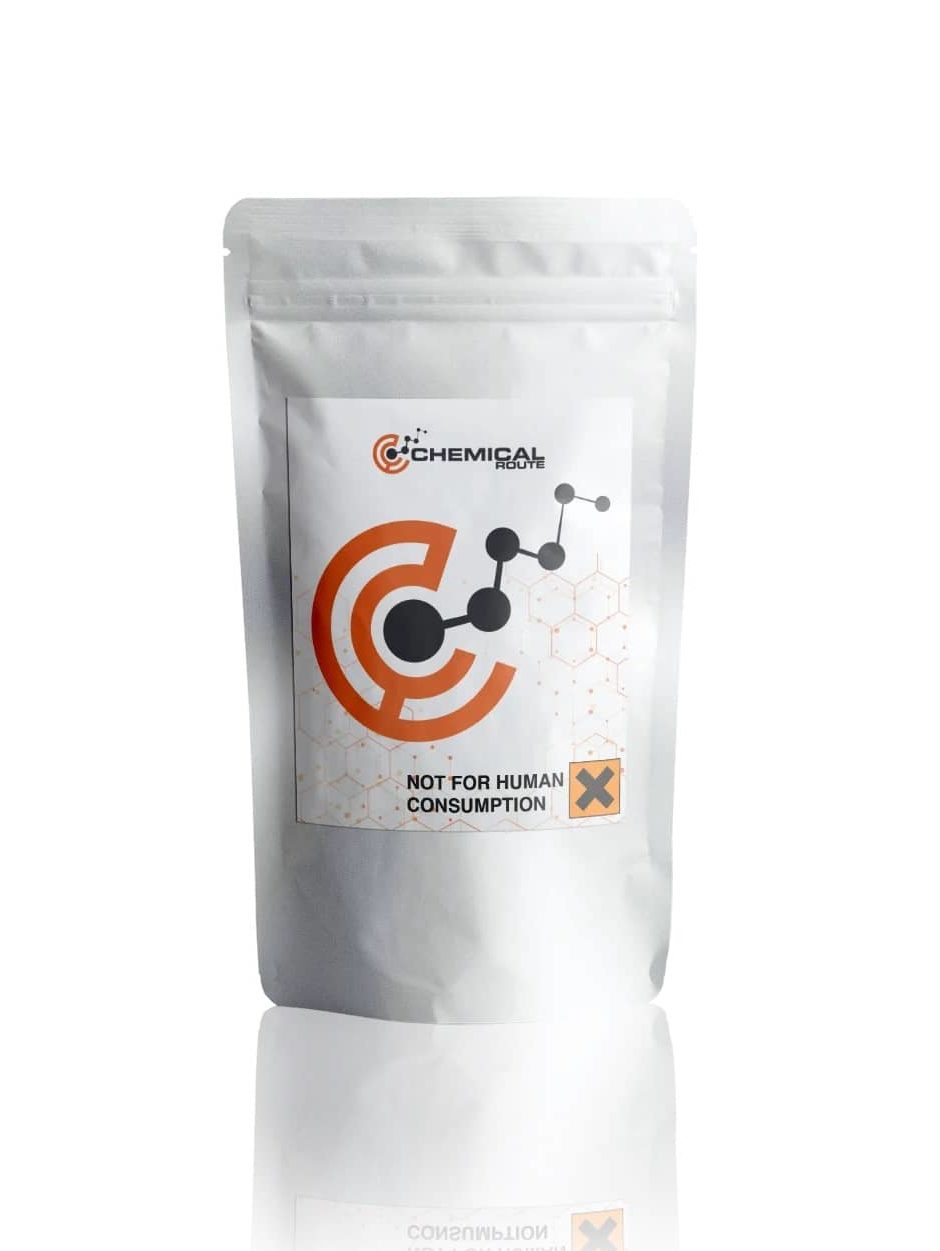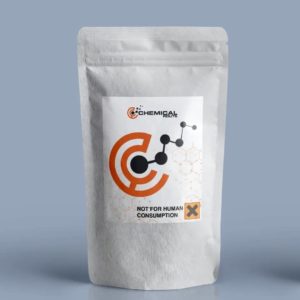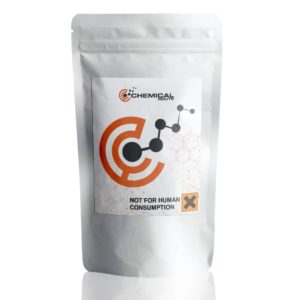Description
4-Methoxymethamphetamine, 4-MMA
Product information
IUPAC-name 1-(4-Methoxyphenyl)-N-methylpropan-2-amine
Synonyms para-Methoxy-N-methylamphetamine, PMMA, Red Mitsubishi, methyl-MA, 4-methoxy- N-methylamphetamine, 4-MMA, 4-PMDA,
Formal name 4-
Cas number 22331-70-0
Formula C11H17NO
Molar Mass 179.263 g·mol−1
Formulation Powder
Solubility
- DMF: 30 mg/ml
- DMSO: 30 mg/ml
- Ethanol: 30 mg/ml
- PBS (pH 7.2): 10 mg/ml
Shipping & Storage Information
4-Methoxymethamphetamine which is also known as para-Methoxy-N-methylamphetamine, PMMA, Red Mitsubishi, methyl-MA, 4-methoxy-N-methylamphetamine, 4-MMA, 4-PMDA, is a stimulant of the amphetamine class. 4-Methoxymethamphetamine is the 4-methoxy analogue of methamphetamine.
Chemistry
PMMA is a compound that is substituted for amphetamine. It has a phenethylamine core with a 2-ethyl chain and an additional methyl substitution. It is a 4-Methoxy-substituted version of the N-methylated PMA. This product has a methoxy group bound to the R4 carboxylic acid.
Pharmacology
PMMA is a type of selective serotonin releasing agent that has weak effects on norepinephrine and dopamine transporters. It is generally less effective as a reuptake inhibitor than MDMA. It produces robust hyperthermia while exhibiting low levels of neurotoxicity. It is not particularly euphoric at all. PMA is a potent and low-energy drug that evokes robust hyperthermia. It is also known to have low serotonergic neurotoxicity and moderate hyperactivity.
PMMA elevates body temperature dramatically and is known to cause serotonin syndrome. This phenomenon is caused by its ability to inhibit the MAO-A enzyme and release large amounts of serotonin.
The toxicological and physiological properties of this compound has not been analyzed. Usage of this Chemical should be for research and forensic purposes only.
WARNING This product is not for human or veterinary use.

This product is only available to persons of 21 years old and above.
Hazard statement(s)
| H302 | Harmful if swallowed |
| H315 | Causes skin irritation |
| H319 | Causes serious eye irritation |
| H332 | Harmful if inhaled |
| H335 | May cause respiratory irritation |
| H336 | May cause drowsiness or dizziness |
| Precautionary statement(s) | |
| P264 | Wash hands thoroughly after handling |
| P280 | Wear protective gloves/protective clothing/eye protection/face protection |
| P305 + P351 + P338 | IF IN EYES: Rinse cautiously with water for several minutes. Remove contact lenses, if present and easy to do. Continue rinsing. |
| P337 + P313 | If eye irritation persists: Get medical advice/attention |
| P261 | Avoid breathing dust/ fume/ gas/ mist/ vapors/ spray |
| P271 | Use only outdoors or in a well-ventilated area |
| P304 + P340 | IF INHALED: Remove victim to fresh air and keep at rest in a position comfortable for breathing |
| P312 | Call a POISON CENTER or doctor/physician if you feel unwell |
| P403 + P233 | Store in a well-ventilated place. Keep container tightly closed |
| P405 | Store locked up |
| P501 | Dispose of contents/container to a licensed disposal company |





Reviews
There are no reviews yet.